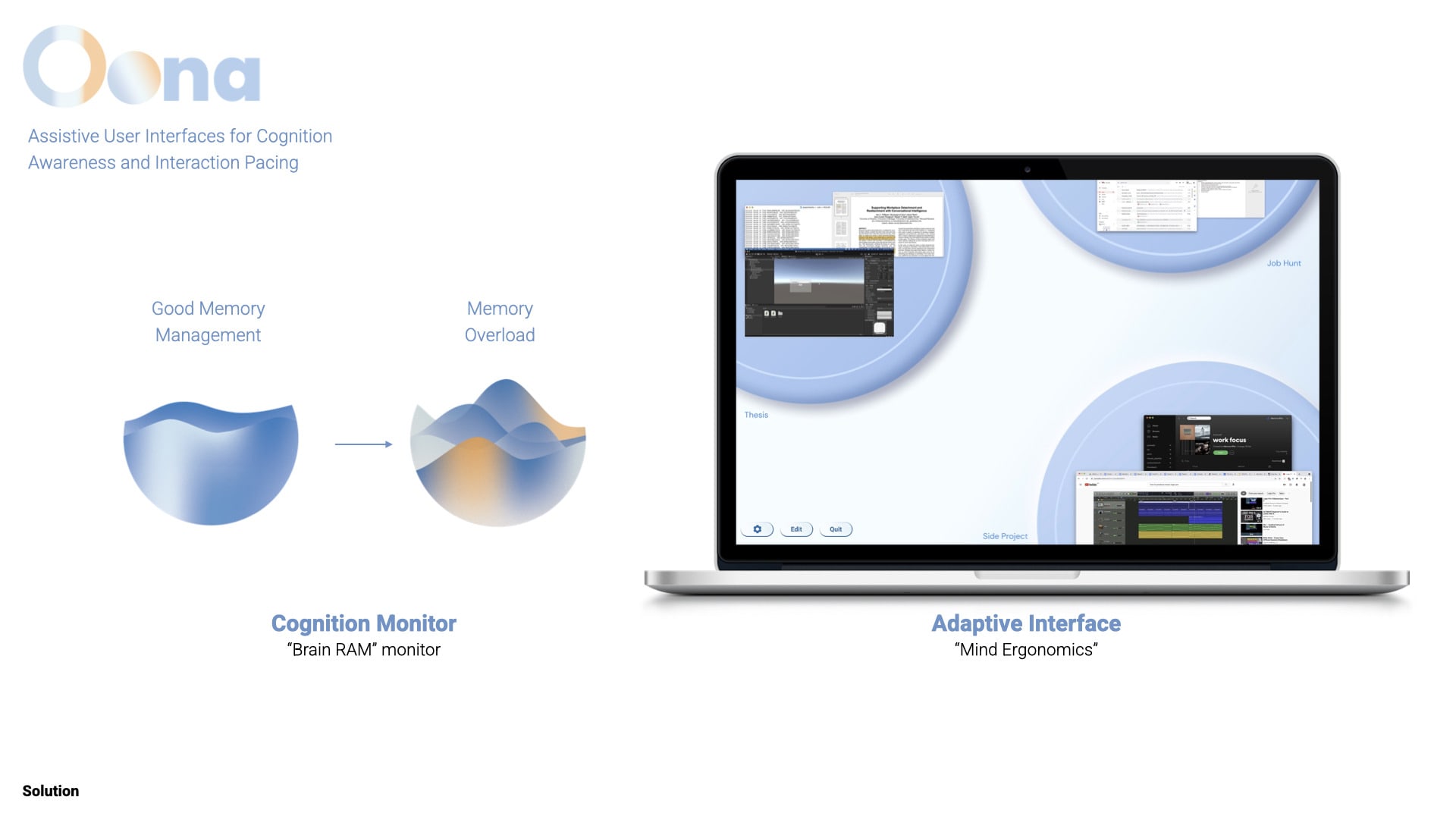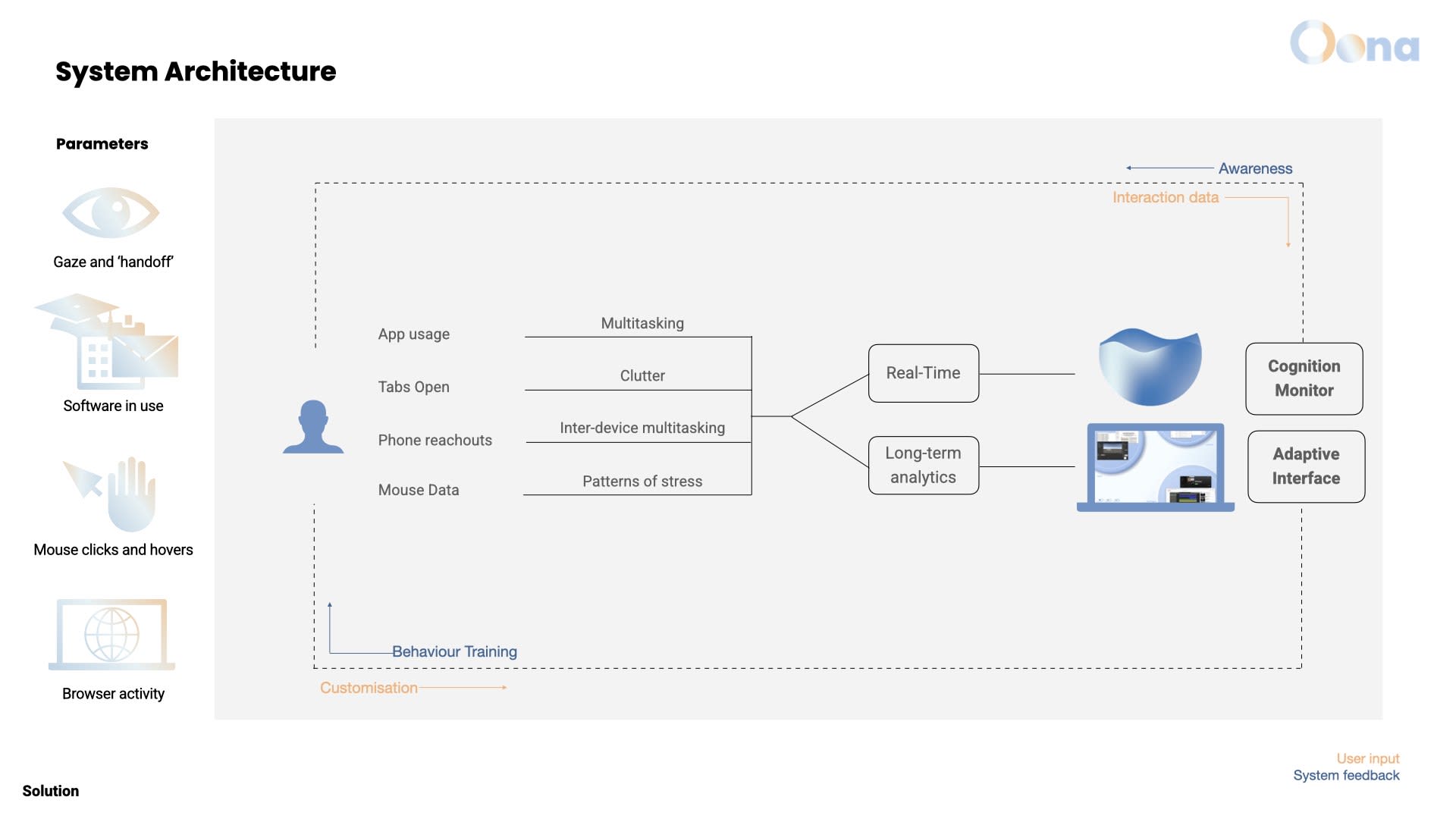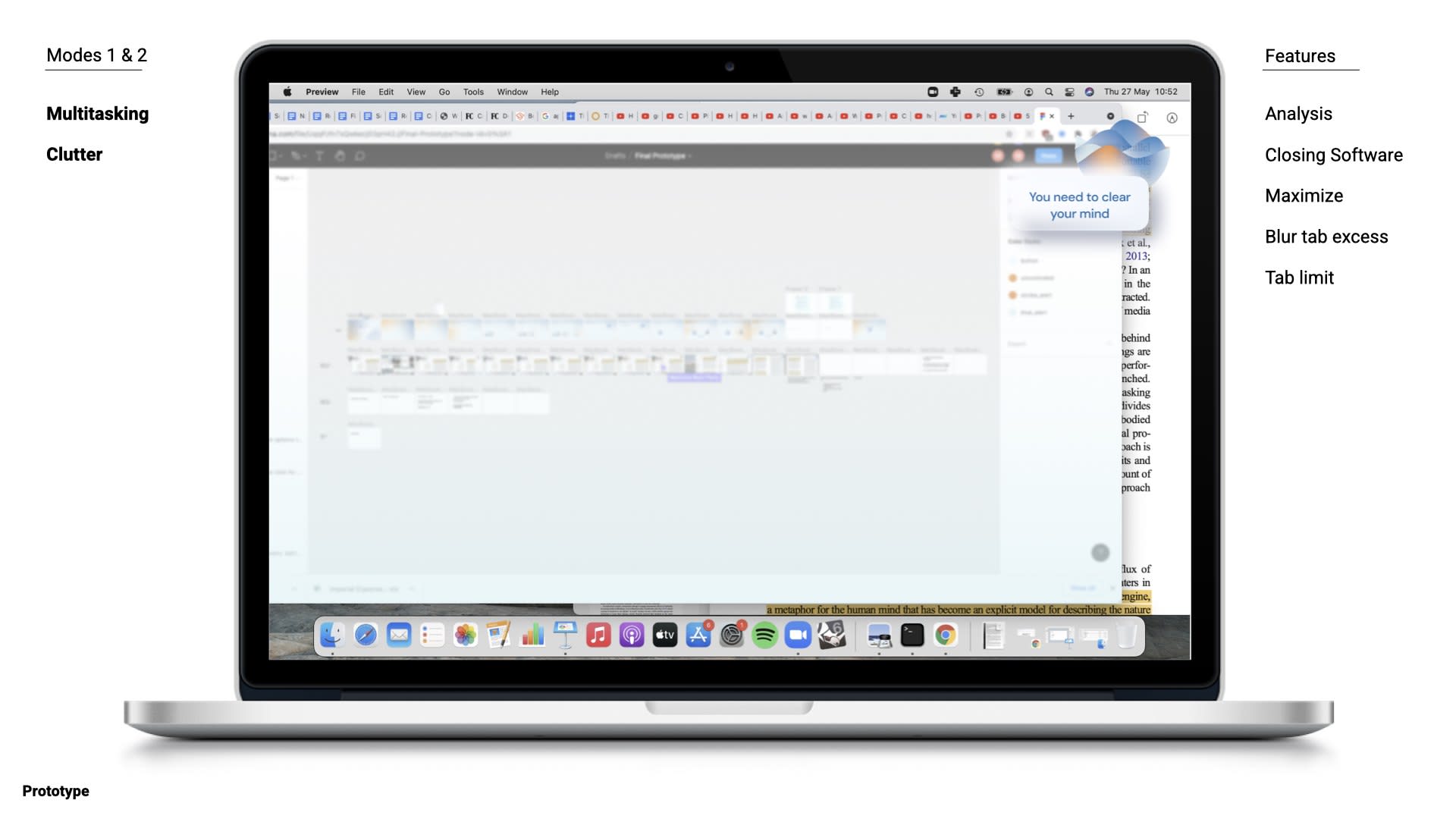Mariona is an engineer and designer from Barcelona, interested in the intersection between the human, technology and design. Formerly trained as a biomedical engineer, she worked as a researcher for neuroimaging of Alzheimer’s Disease before embarking on her experimental journey in the RCA and Imperial College.
Her projects seek to achieve harmony between the human psyche and technology as an extension of ourselves, thus having a strong interaction focus.
Besides her final project, she has been most recently working on BrightSide, a device for fibromyalgia patients to communicate their state to loved ones, with three IDE peers. The project is part of the EIT Health Wild Card Accelerator. You can find more info here.
At any other given moment, you’ll find her making music, films, crocheting, or hooked to her phone.















